We all know it. Bacteria can be very bad for your health. But, that is only half of what we know. If you are unaware, the yogurt you make is because of bacteria. Your water softener may not be able to kill the bacteria, but it harbors bacteria. Whether the bacteria in your water softener is bad or good is what your water softener maintenance will decide.
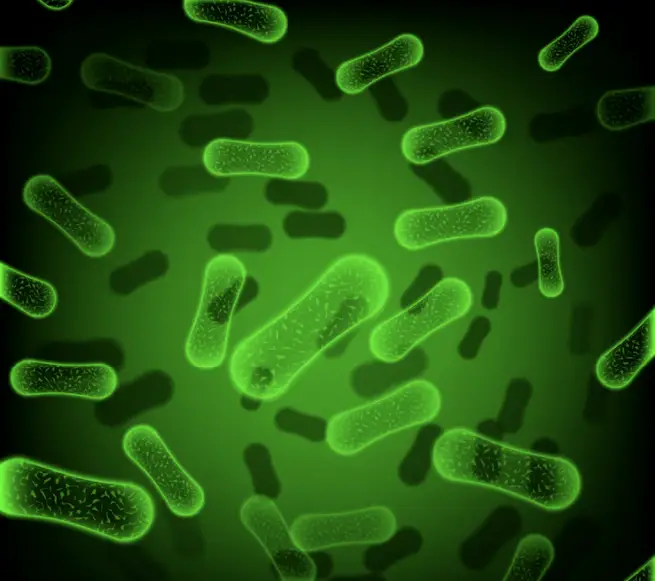
Bacteria can grow in water softeners, but it may not be that common. The water softeners typically use the ion exchange method to soften your water. That would perhaps make it a good option to inhibit the growth of bacteria. However, if your water softener does not regenerate quite often, you may end up with the growth of bacteria within the water softener.
Do Bacteria Grow in Water Softener?
Yes, bacteria can grow in the water softener. but most of the time, it is not the harmful bacteria, but possibly the good bacteria. These bacteria are harmless and may in fact help us the living beings in many ways.
There can be several reasons that may cause the bacteria and mold to live inside the water softener. Some of these factors may include the quality of incoming water, the inherent design of the water softener, and the level of maintenance of the water softener.
If you have not replaced the water softener filter for a long time, you may observe the growth of bacteria. An infrequent regeneration process may also be a reason for the growth of bacteria inside the water softener.
Does Water Softener Remove Bacteria?
No, water softener does not remove bacteria from the water. Water softeners use a process called ion exchange to remove the minerals and metals from the water to make it soft. They can only remove the metal ions, but cannot handle the microorganisms such as bacteria, viruses, and others.
A water softener works on the hard water to convert it into soft water. It is designed to remove the minerals that make your water supply hard. This would include the minerals and metals such as calcium, magnesium, and iron. The water softener will replace these hard minerals with the softer ones like Sodium and Potassium.
In any case, water softener does not kill bacteria.
Why Does My Water Softener Smell Bad?
The primary reason for the water softener to begin smelling bad is the growth of sulfur bacteria. These bacteria are attracted to the sodium salt in the soft water or in the water softener. As the community of bacteria grows, they release hydrogen sulfide which makes your water softener smell bad. You are likely to experience a smell akin to a rotten egg.
That apart, there may be several other reasons that may make your water softener to smell bad. These can include
Sewage smell
The sewage smell may be due to the bacteria left by the soap or food in your drain. It can make it to the faucet through the internal connections and thus can enter your water softener.
Musty smell
The musty smell in your water softener may probably be due to the corrosion or erosion in your plumbing system. It may be important to check your plumbing system for any issues.
Sulfur smell
A sulfur smell which somewhat resembles that of rotten eggs may be due to the sulfur bacteria. These bacteria are attracted to the sodium and release hydrogen sulfide.
Metallic smell
The metallic smell is possibly due to the lead concentration in the water. Many of the municipal systems have stopped using the lead in plumbing and other water systems. Using a filtration system may also help you fix the issue.
Fishy smell
The fishy smell in the water softener is the result of the organic compounds in the water. The most common compounds that can result in the fishy smell can include barium and cadmium. High levels of chloramines may also be a cause for the metal smell inside the water softener.
How To Tell If Your Water Softener Has Bacteria?
There are several ways that bacteria can get into the water. The water softener bacteria can belong to two categories – Pathogenic and non-pathogenic bacteria. Pathogenic bacteria are the harmful and that can cause the issues such as diseases and illness. The non-pathogenic bacteria are harmless and do not result in any sort of harm.
Both pathogenic and non-pathogenic bacteria can thrive in the water and they can thus get into your water softener. One of the most common bacteria mostly found in the water supply is iron bacteria. They consume iron and are not harmful. However, your water supply may also contain pathogenic bacteria such as E.Coli which can cause illnesses, They are very hard to detect.
The only way you can determine if your water softener has bacteria is through a laboratory test.
How To Treat Bacteria In A Water Softener?
There are several ways you can treat the bacteria inside a water softener or even in your regular water supply.
Some of the best options that you can put to use when removing bacteria from the water softener can include
Disinfect your water supply
One of the best ways to disinfect water is to use chlorine for the purpose. The contamination from bacteria can be handled through disinfection through chlorine. However, if the contamination is ongoing, you may need to apply several means to disinfect the water supply.
Use the Ultra Violet Light Disinfectant or UV System
Use the UV system to treat the water supply that enters your home. The water that enters your system will get disinfected instantly. The UV system can effectively kill the bacteria. It can be an excellent option to kill the bacteria without adding any chemicals to the water.
Use Reverse Osmosis
If you are looking to remove the bacteria from your water supply, reverse osmosis is an exceptional option to address the issue. Reverse Osmosis is known to kill up to 99% of the bacteria in the water. You can either choose to add a whole-house water filtration system or decide to add the reverse osmosis system to the existing system in your system.
How To Disinfect Your Water Softener?
If you have a water softener and are worried about bacterial growth in your water softener, you can choose to disinfect it. There are several ways you can disinfect the water softener efficiently. One of the excellent options to disinfect the water softener is to run it through a bleach and vinegar cycle.
Follow the steps here below to disinfect your water softener:
- Remove the lid of your brine tank.
- Measure the tank size of your water softener. Most of the tanks belong to either a 9-inch size or a 12-inch size.
- Add one cup of bleach to the 9-inch tank or 2 cups of bleach to the 12-inch tank.
- Close the lid of the brine tank.
- Let the water softener run a normal manual replay cycle.
- Wait till the cycle is complete. It may take a while depending on your device. You may also need to check the instruction manual of your device.
That should do it and you will be able to disinfect your water softener quite effectively.
Conclusion
Water softeners can harbor bacteria, but it may not be something as common as such. If you suspect that the water softener has bad bacteria that may harm you, it may be worthwhile to check out the best options for professional disinfection services.

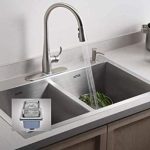

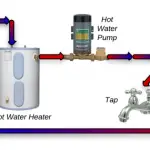
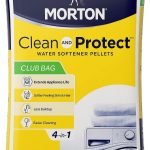

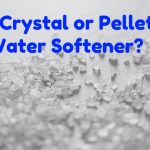




Add Comment